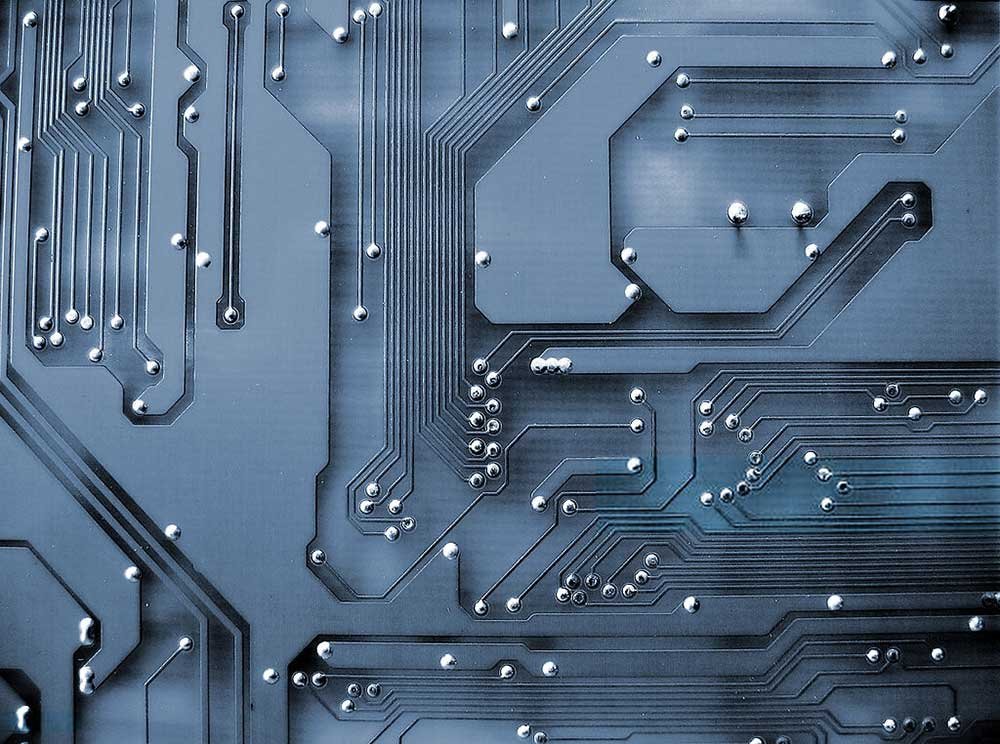Working on a PCB designing project can be quite complex. That’s because you will get the need to pay attention to a variety of aspects. Due to the same reason, there is a high possibility for you to end up with a sub-par PCB layout. In order to make sure that you don’t end up with such sub-par results, we thought of letting you know about some of the important tips that need to be followed when designing PCB layouts. You can simply follow these tips and make sure that you create excellent PCB layouts.
Understand the PCB stack-up
As the very first thing, you will need to understand the PCB stack-up. That’s because the entire PCB is based upon the PCB stack-up. In other words, it will provide you with information about the multiple layers that exist in the PCB. Having more number of layers would cost you a lot. Therefore, it is important to plan accordingly and reduce the number of layers as much as possible. This is where you need to have a solid understanding of the principles of engineering and apply them accordingly. The layer count should be designed to achieve maximum yield, reliability and cost targets at the end of the day. Then you will be able to receive the most outstanding results from the PCB layout at the end of the day. It can also help you save a lot of money in the future.
Getting to know about via types
Via types are in a position to enable interconnections between different components and layers. You can discover many different types of PCB layout design. Micro, blind and buried is the most prominent via types out of them. You need to try your best to minimize the usage of different types in your PCB design. This is where you need to closely discuss with the supplier of PCB. Then you can understand that the specific via type that you are going to use is supported by the PCB. This can help you to minimize the usage of different types and proceed while keeping peace of mind. In the meantime, you should also make sure that different via types have different current carrying capabilities. You should also keep this fact in mind and locate the best via type accordingly.
Figure out the breakout strategy
Before you start to verify the power integrity and signal, it is important to make sure that you have the ability to breakout and route the signals that are located on high pin count devices. This has the ability to create a strong impact on the stack-up of your PCB as well. Therefore, you need to take your time and determine the best routing strategy to go ahead with. Traditionally, the breakout strategy would be on any of the four directions, including North, East, West, and South. However, you have the freedom to pick and move forward with a hybrid style as well.
Follow the design rules
While you are engaged with PCB layout design, there are some design rules, which you must follow. It is important to make sure that you follow these rules and end up with the best possible results at the end of the day. When it comes to design rules, you will need to take a look at crosstalk budgets, component placement, length matching, layer allocation and even time of flight. Along with that, you need to take a look at the design for manufacture rules. If you can follow these design rules, you will be able to make sure that the finalized design of your PCB can be manufactured without encountering any practical issues.
Never ignore signal integrity
While working on designing PCB layouts, you should never ignore signal integrity. This is one of the most important aspects, which can contribute towards the overall design of your PCB. In general, an engineer will take a look at things such as fall times and signal rise when determining signal integrity. In addition to that, you need to take a look at the drive strength, characteristic independence, track lengths and slew rates to determine signal integrity. It is better if you can spend your time to conduct the signal integrity simulations on top of a pre-layout, before moving to the PCB. In here, you will need to take a look at the crosstalk budget as well.
Final Words
Now you know some of the most important things that you must consider when designing PCB layouts. Keep these tips in your mind and proceed with your PCB layout design to end up with the best outcomes from it.


